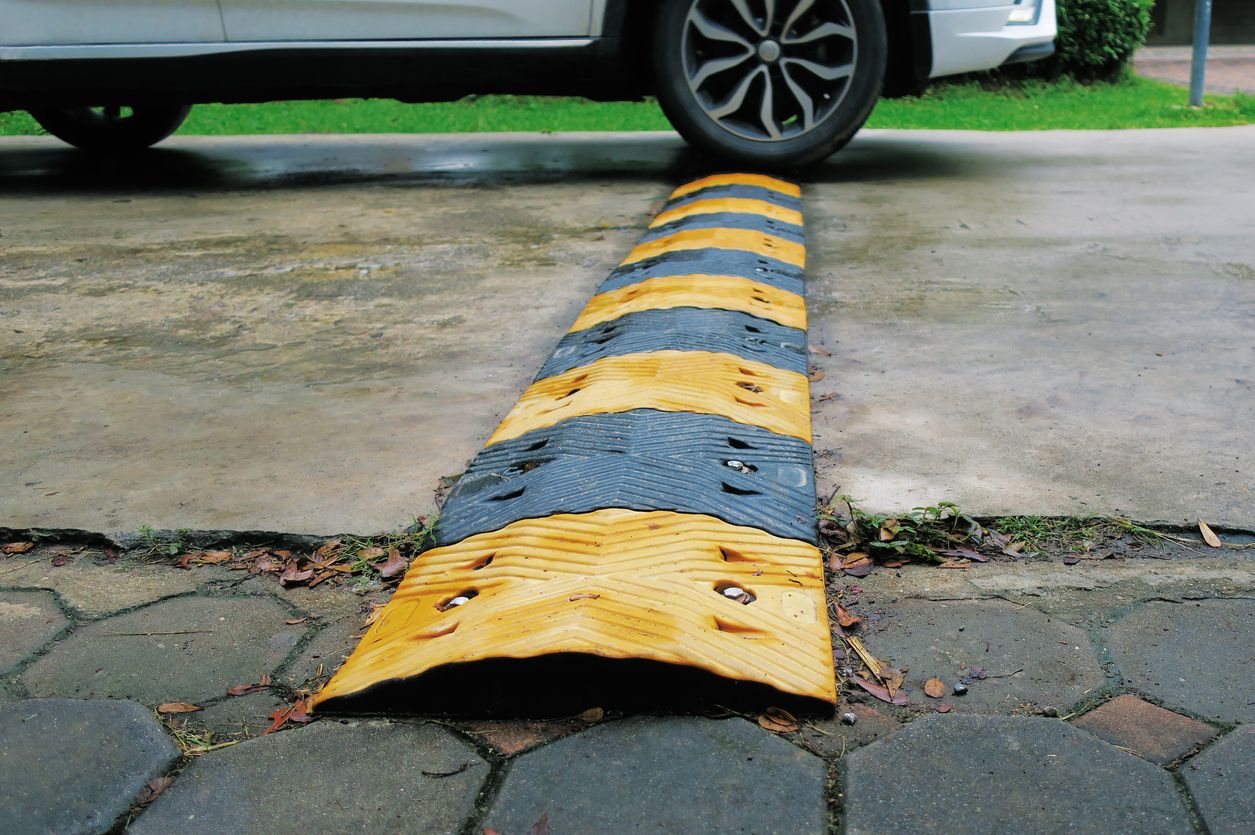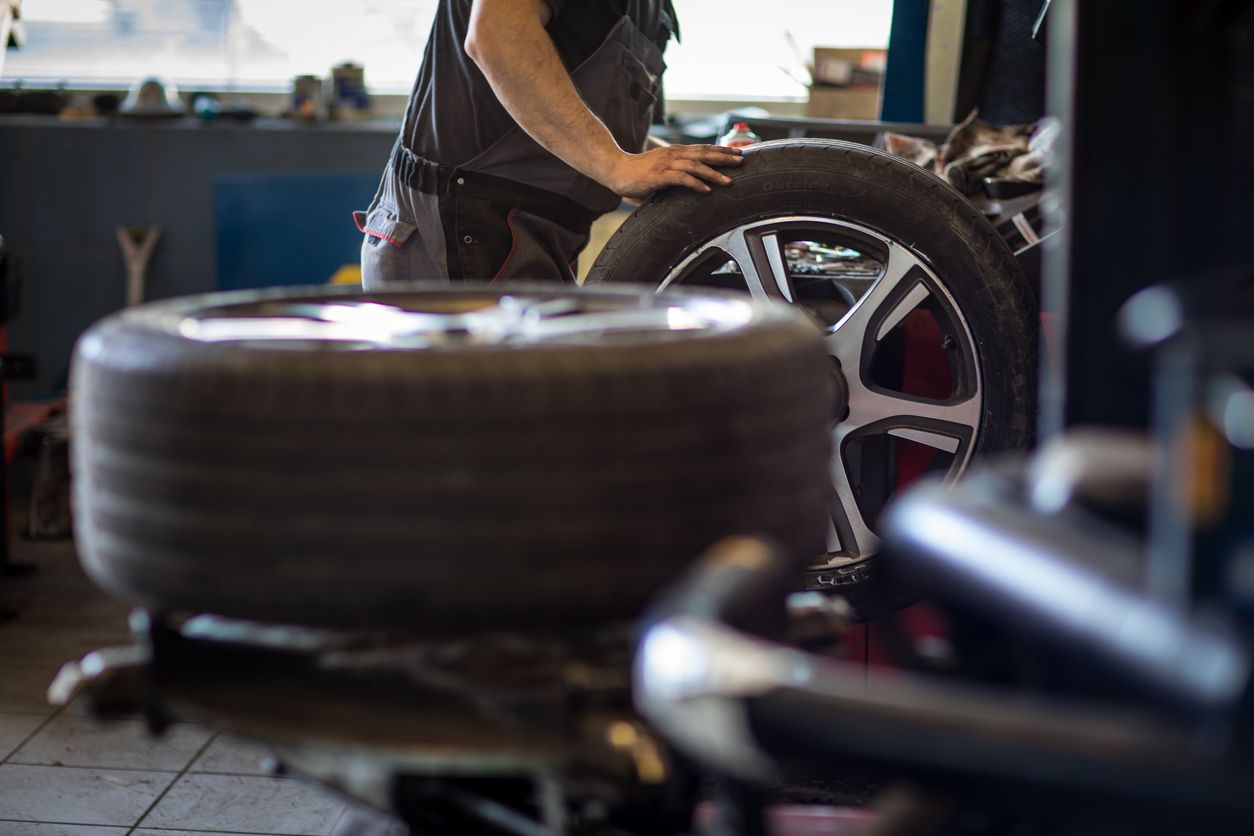When you think of the most important systems in your car, what comes to mind? Maybe the engine. After all, you can't get anywhere without it. Or perhaps the brakes. Obviously, they're vital for safety.
But what about the suspension? If your suspension system is working properly, you probably don't give it a second thought. But if it's not, your ride could get bumpy, and fast. Learn more about two major components of your suspension—shocks and struts— and how to keep them in working order for the best possible driving experience.
Your Suspension System: How It Works
Your vehicle can move in many different directions: forward, backward, and around curves or turns. But consider that your car can also move up and down, particularly when you're driving on an uneven surface, or accelerating or braking quickly.
The weight distribution of your vehicle changes when conditions change suddenly. It's your suspension's job to absorb and dissipate the energy from those interruptions. Your suspension also helps your tires maintain even, controlled contact with the road as you change the direction of the steering wheel.
Why You Need Shocks and Struts
Let's start with uneven driving conditions. When your car hits a bump or uneven spot in the road, heavy-duty coil or leaf springs in your suspension absorb the energy from those sudden bumps. But where does that energy go? Into shock absorbers, commonly called "shocks" or "struts."
Each of your vehicle's shocks or struts is a cylindrical component that contains a piston system, and the movement of the piston allows the energy of roadway bumps to dissipate into your hydraulic suspension fluid (rather than transferring the impact into the structural components of your vehicle).
What's The Difference Between Shocks and Struts?
So, what's the difference between shocks and struts? While they have similar purposes—shock absorption— your struts also serve as structural, weight-bearing components in your vehicle. Depending on what type of vehicle you drive, you may have all shocks, all struts, or some combination of the two within your suspension system.
But how do you know when shocks need to be replaced (or struts), and what happens if you don't replace them? Read on to learn more so you can make an informed decision about your vehicle's service and maintenance.
Signs of Bad Shocks and Struts
You drive your vehicle day in and day out, and you're probably going to notice if something just doesn't feel right. But, how do you know if the suspension system is the root of the issue? Here's how to know when shocks are worn or struts are going bad.
1. Changes in handling after you hit a pothole
Hitting a bump in the road isn't just a jolt for you and your passengers. It can take a toll on your shocks and struts, too. Learn the signs of pothole damage, including erratic or pulling steering, and schedule a repair appointment ASAP if you're experiencing any of those red flags.
2. Fluid leaks around the shocks or struts
Your shocks and struts house hydraulic suspension fluid. If you notice fluid leaks close to these components, the housing of a shock or strut could be cracked, or it could have a compromised seal.
3. Longer stopping distances or "nose-diving" when braking
Your brakes do most of the heavy lifting when you need to stop your vehicle, but your suspension plays a part, too. If you notice your vehicle taking longer to stop or feeling like it "dives" in the front when you suddenly engage the brakes, worn-out shocks or struts are likely to blame.
4. "Squatting" in the rear with sudden acceleration
Much like forward nose-diving when braking can be a telltale symptom of a suspension problem, so can "squatting" or a noticeable lowering of your vehicle's rear when you accelerate quickly. Both of these problems indicate the uneven weight and shock absorption in your shocks or struts.
5. Tipping or swaying feeling when turning or driving around curves
Shocks and struts play a key role in keeping your car balanced both front to back and side to side. If your shocks and struts are shot, you may feel like your vehicle is tipping to one side rather than staying perfectly upright when you turn or navigate around a sharp curve.
What Happens If I Don't Replace My Struts?
Maybe you can tolerate a bumpy ride, but in the interest of your suspension, you probably shouldn't. If you wait until your shocks wear out completely or your struts are in dire condition, you're putting your vehicle at risk for:
- uneven tire wear
- increased stopping times
- steering problems (or, in extreme cases, loss of steering control)
- premature wear on springs and other suspension system components
How Often Should Shocks and Struts Be Replaced?
As a general rule, shocks and struts should be inspected regularly, starting at 50,000 miles. But, this can vary based on your most-used road conditions, driving habits, and vehicle type. To find manufacturer-recommended guidance for your specific vehicle, consult your make and model's scheduled maintenance documentation, or ask a pro at Firestone Complete Auto Care for help.
How to Know If Struts Are Going Bad
Think your shocks or struts are wearing out? Not sure if your car's issues could have another root cause? It's time to call the pros for help. At the first sign of a bumpy ride or wandering wheels, make a service appointment and stop by your neighborhood Firestone Complete Auto Care for suspension and steering repairs you can trust. It's time to get back to smooth sailing—or, you know, driving— for you and your car!



